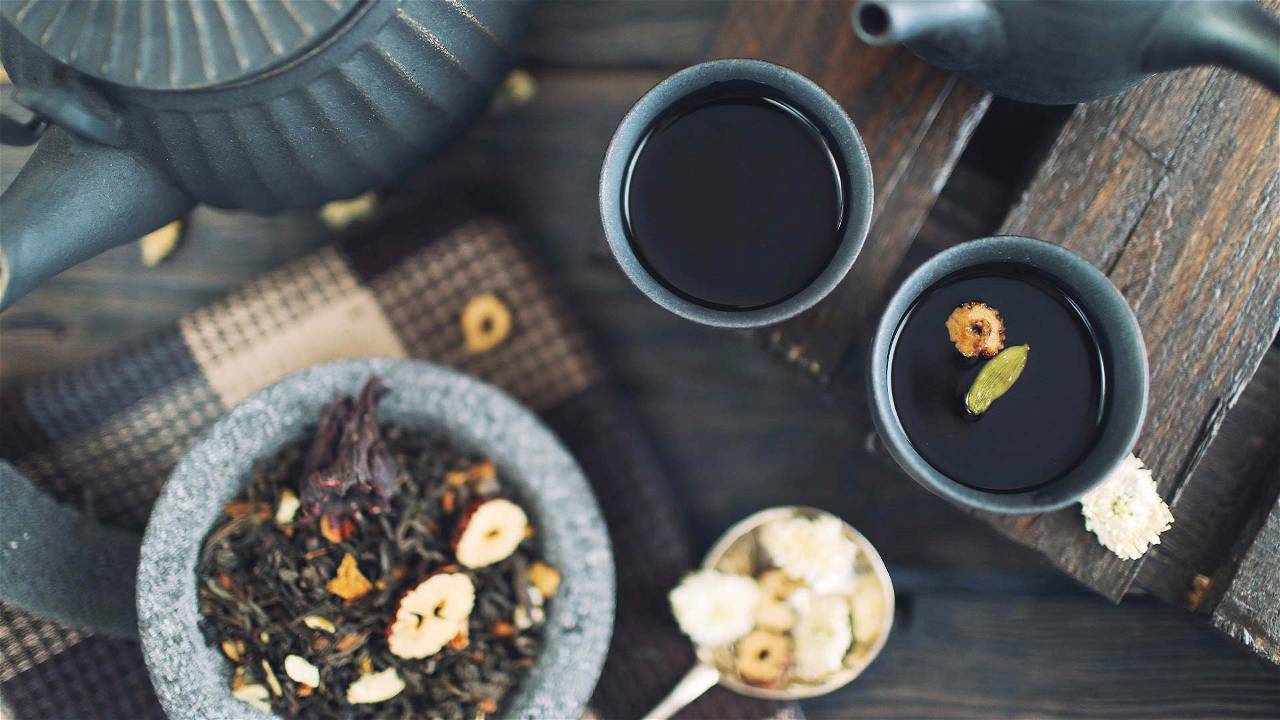
Tea is a popular beverage in many countries. Black and oolong teas are popular in China, while premium green teas like matcha and gyokuro are popular in Japan. The British enjoy Earl Grey black tea infusions, Indians prefer chai, and South Americans favour strong drinks like yerba mate.
Tea is more than simply a beverage for a tea-loving globe. It's an opportunity to reconnect with centuries of heritage while also discovering delectable different flavours. Tea provides once-in-a-lifetime opportunity to savour flavor and scent for true believers. That is why people are prepared to pay a premium for the highest quality tea.
Discover the world's most costly teas and the reasons behind their exorbitant prices.
Da Hong Pao — $600,000 per pound
Da Hong Pao tea is one of the most expensive black teas on the globe, with roots dating back to the Ming Dynasty. This Chinese tea, also known as Big Red Robe tea, represents the qualities of the Wuyi Mountains, where it is grown. It has a layered body with earthy and mineral overtones, brews to a rich crimson colour, and finishes with a vibrant finish.
Because the leaves are gathered from trees that have been growing on the mountains for more than 300 years, the uncommon tea is extremely pricey. In 2005, the majority of these old-growth plants yielded authentic DA Hong Pao for the last time. As a result, some of the dried leaves from these old plants command exorbitant prices.
This tea is worth more than 30 times its weight in gold, with one gram of tea costing $1,400.
Many firms provide cheaper Da Hong Pao made from newer tea plants grown in adjacent areas, providing a more economical option to taste the flavour and terroir of Wuyi region teas.
Panda Dung Tea — $35,000 per pound
Panda Dung tea is the tea version of kopi luwak, an Indonesian coffee prepared from the dung of civet cats. The dung of panda bears is used to nourish these particular tea leaves. Because pandas only absorb around 30% of the nutrients in their meals, pu-erh tea is said to have several health benefits. The remaining 70% of nutrients, including amino acids and polyphenols, are thought to end up in panda excrement, resulting in a very nutritious fertiliser for tea plants, according to the producers.
A wildlife specialist in China's Sichuan Province produces the tea in limited amounts. Panda Dung tea has a malty scent and a nutty flavour. Tea lovers who prefer rich scents and complex tastes will adore the poo poo pu-erh tea.
PG Tips Diamond Tea Bag — $15,000 for one tea bag
PG Tips is a British tea brand that is recognised for its delicious teas. In 2005, the tea firm introduced a Darjeeling tea in a diamond-encrusted tea bag to celebrate their 75th anniversary.
For simple brewing, the bag had 280 2.56-carat diamonds and a delicate white gold chain.
The bag was designed by Boodles, a well-known jewellery brand, and was used to generate funds for the Royal Manchester Children's Hospital. Silver Tips Imperial tea leaves from India's Makaibari Tea Estate are used in this tea bag.
Vintage Narcissus — $3,250 per pound
The Wuyi Mountains produce Vintage Narcissus, an oolong tea. It has yellow gold tea buds and a multi-layered flavour unlike any other. Narcissus, a Greek hunter who saw beauty in everything, gave his name to the tea. The oolong tea has been severely oxidised (approximately 60%), giving it a chocolatey, woodsy taste with floral and nutty overtones. One of the most costly Narcissus Wuyi teas was sold in a 50-year-old box that has become a collector's item across the world.
Tieguanyin Tea — $1,500 per pound
Teguanyin is an oolong tea. It's a real semi-oxidized tea with a wide range of flavour depending on where and how it's grown.
The Iron Goddess of Mercy, a Buddhist goddess, is the inspiration for this costly oolong tea. The tea was created in the early 19th century in the Fujian region of China.
The most costly tea offered in the United Kingdom is Tieguanyin. The tea can be steeped numerous times without acquiring bitter tastes, which helps to make its premium price tag more bearable.
















